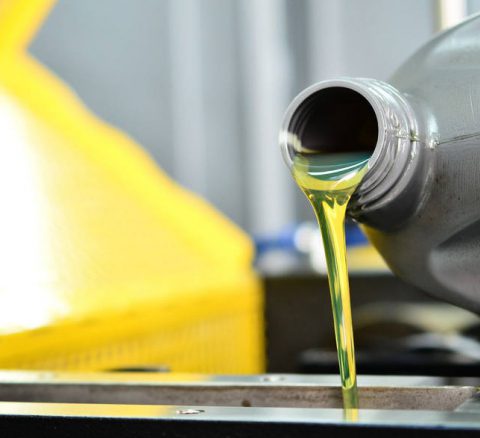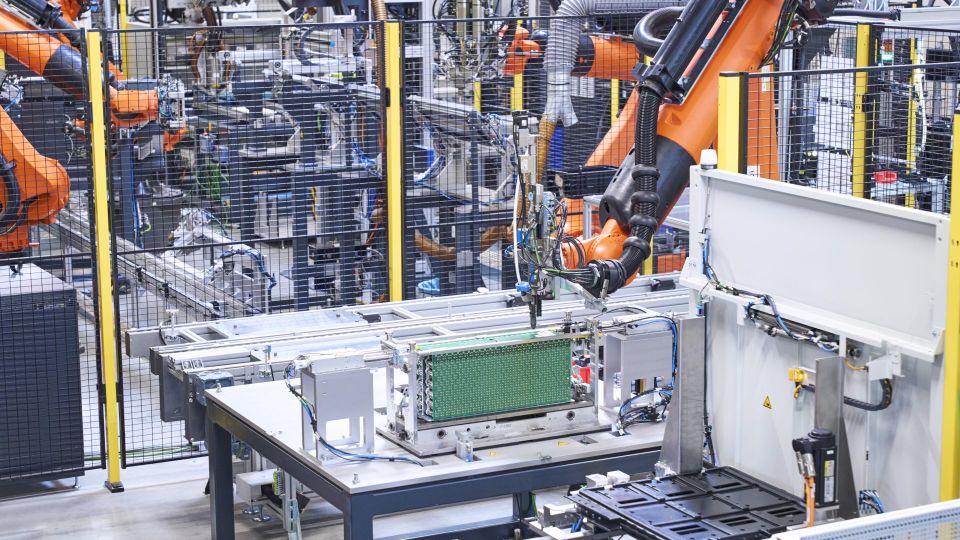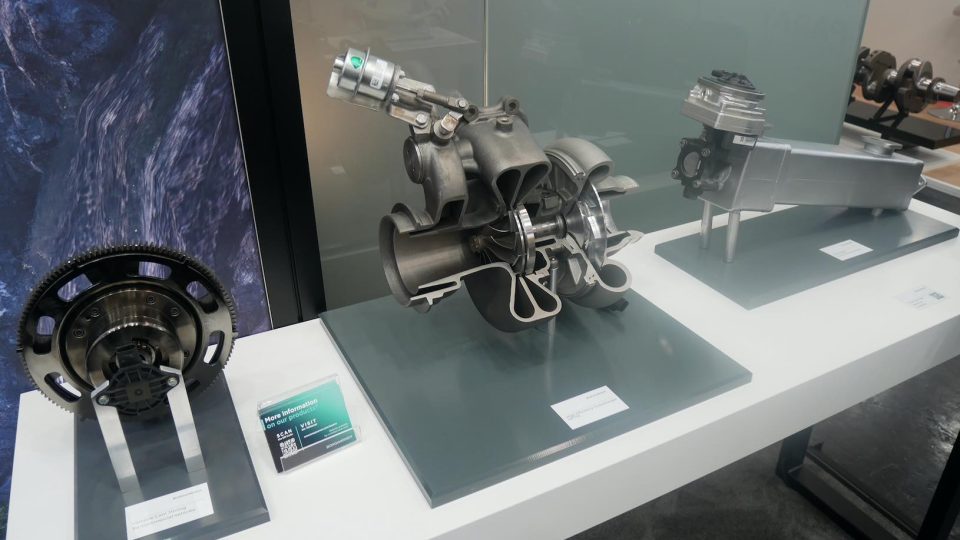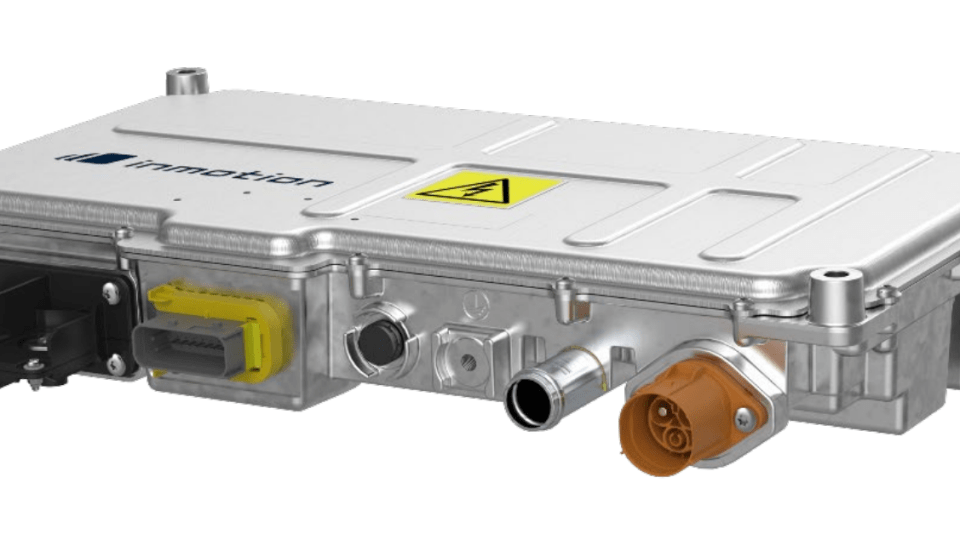TotalEnergies: water-based lubricant for electric vehicles
TotalEnergies introduces its revolutionary water-based lubricant (WBL) that provides a paradigm-shifting advancement for electric vehicle lubrication

TotalEnergies introduces its revolutionary water-based lubricant (WBL) that provides a paradigm-shifting advancement for electric vehicle lubrication.
The quest for higher power-density electric motors has brought the issue of cooling efficiency to the forefront. Downsizing the electrical machine while reaching higher power levels requires an optimized thermal design capable of removing heat. In a Permanent Magnet Synchronous Motor (PMSM), which is the most widespread e-motor technology in automotive industry, the stator windings and rotor magnets generate heat that may compromise both e-motor integrity and efficiency if they are not properly cooled. Last generations of electric vehicles have applied direct oil cooling technology for achieving higher heat extraction. In this new cooling architecture, the transmission oil is used as a coolant that can be applied to stator windings through jet impingement, whereas rotor magnets are cooled down thanks to a hollow shaft filled with oil.
This approach was not motivated by the fact that a transmission oil has superior cooling properties than a water-based coolant. On the contrary, water is often an ideal cooling fluid due to its high thermal conductivity (factor of 4 compared to oil) and high heat capacity (factor of 2) as well as low viscosity. However, it was thought that the application of water is unfeasible for two main reasons. Firstly, the cooling fluid comes in direct contact with the electric motor, where high electric currents and voltages occur. Hence the requirement for having a fluid with poor electrical conductivity, which is the case for oils. Secondly, the cooling fluid is also used as a lubricant for the electric powertrain composed of gears and bearings, which gives another advantage to lubricating oils compared to water. All these aspects can be improved through the chemical formulation of water. TotalEnergies’ goal was to develop an innovative WBL which possesses good lubricating properties while maintaining the outstanding cooling property of water. The WBL can meet the requirements for a single fluid designed for lubricating and cooling the Electric Drive Unit (EDU). The use of a WBL can even outperform lubricating oils in many characteristics, especially with the environmental footprint, which opens the door to a revolution in the lubricant and car industries.
CLICK HERE TO READ THE FULL ARTICLE











